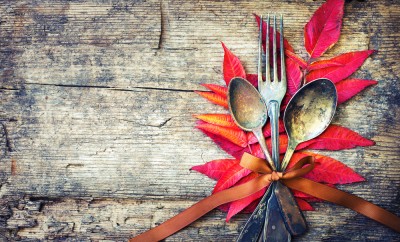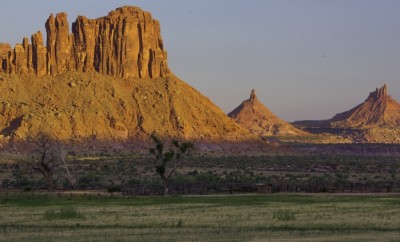Cultures
The Amazonian drug tourists from around the world are coming to try

Image: Wikimediacommons
Ayahuasca is a powerful hallucinogenic drug. Derived from a vine found deep in the Amazon, it is capable of producing intense visions and out of body experiences. It has been an integral part of the religious ceremonies of Amazonian peoples for thousands of years who believe it enables them to commune with the spirits of the dead. And in spite of the fact that the average Ayahuasca trip begins with an intense and prolonged bout of explosive vomiting, the appeal of the spiritual experience has increasingly drawn tourists from all over the world to the Amazon to partake.
Anecdotal evidence and a growing body of research indicate that the drug may actually have a positive effect for a variety of conditions such as drug addiction and PTSD.
However, many people, particularly the native people of the Amazon, have pointed out that Ayahuasca tourism may have some significant negative aspects. Ayahuasca is a schedule one drug in the U.S., which means that the possession and importation of it are both illegal. The primary reason for this classification is that the government argues that there are significant health risks to the use of Ayahuasca. In 2011, an American teenager died in the Amazon after an Ayahuasca ceremony. The “shaman” leading the retreat buried the body on the edge of the property before finally confessing to the death months later.
In addition to the health risks, some have argued that Ayahuasca tourism threatens to erode the cultural traditions associated with the drug that Western tourists are coming to experience. The areas of the Amazon where traditional Ayahuasca ceremonies are conducted are generally very economically disadvantaged. The increase in tourism could help to bring much-needed funds to these communities. However, the loose cash flowing from the pockets of tourists has encouraged people with no connection to the traditional religious aspects of the ceremonies to offer the drug to tourists without any safety considerations.
The result has been a shift in the area away from the authentic traditions towards a new tourist-focused form of the rituals.
However, the use of the vine by tourists has also produced a cultural renaissance of sorts as the youth in the community see the interest in the ritual as a chance at a more secure economic future. This has meant that the rituals have been given new life in certain areas. Ultimately the future of these ceremonies will be marked like many traditional ways of life by a struggle between preserving a cultural heritage and catering to the demands of the modern global economy.





0 comments